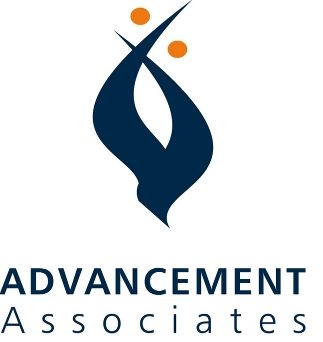The Samaritan Fund. The Sharing Fund. The Promise Partners Fund. The Future Care Fund. The Golden Cross Fund. The Home Endowment Fund. The Care Assurance Fund.
These are some of the names continuing care retirement communities (CCRCs) are using to describe their benevolent care funds. Whatever the name, finding a way to enlarge these funds has become high priority for virtually every retirement organization.
Through their benevolent care programs, retirement communities support residents who have exhausted their financial resources and, through no fault of their own, are unable to pay the full cost of required services. Doing everything possible to provide for such residents directly reflects the missions of many CCRCs, particularly those that are faith-based.
A number of CCRCs established benevolent funds a number of years ago, often with large unsolicited and unanticipated charitable gifts. However, rapidly growing needs of residents have exhausted available resources in many instances. Multiple factors have created this difficult circumstance, including increased life expectancy, fixed or limited incomes, increasing healthcare costs, and inadequate Medicaid funding.
Although one can never precisely predict with certainty, it’s clear that CCRC leaders assume even more need for benevolent care resources in the near future. For example, a recent survey of CCRC financial officers produced these startling facts:
• Eighty-four percent of the retirement communities that participated in a survey had already created a benevolent fund.
• Eighty-seven percent indicated that growing their benevolent funds was a priority.
• Most significantly, 42 percent of the financial officers noted that their benevolent funds must at least double from current values in order to meet financial needs of residents in the anticipated future.
Source: Ziegler financial services, May 2009
CCRCs often establish endowments to provide benevolent care resources for qualified residents. In such arrangements, only the annual interest earned from invested principal is used for recipients of benevolent care monies, thereby preserving the fund for the future. Other types of special funds designated for benevolent care permit use of both principal and interest. This approach offers more flexibility in meeting current needs, but without careful management may soon be depleted.
A variety of income sources underwrite benevolent funds. If available, operational revenue is often tapped. A portion of residents’ entrance fee refunds may be designated. Life insurance benefits of residents qualifying for assistance are sometimes assigned to the benevolent fund. The bulk of the necessary money, however, must come from charitable gifts.
A quick on-line review suggests how CCRCs solicit charitable support for their benevolent funds. One approach is special fundraising events, such as golf outings and benefit dinners. Memorial gifts are often designated. Churches affiliated with nearby retirement communities may collect an annual offering. One CCRC places ornaments on a special, visible Christmas tree to symbolize benevolent fund gifts received during the holiday season.
Eclipsing all of these fundraising activities are gifts from individuals who understand the importance of benevolent care funds and are moved to support them with substantial contributions. For many CCRCs, successfully soliciting more such gifts is the key to building benevolent fund programs for the anticipated future. Advancement Associates, Inc. has helped continuing care retirement communities address this priority and shares these beginning ideas for success.
1. Review previous large gifts made for your benevolent fund. What were the circumstances of such gifts? What motivated donors to support the fund? What do these stories suggest for fundraising strategies?
2. Make a list of the key stakeholder groups most likely to be interested in your benevolent care fund. Among those that come to mind are current residents, families of current and former residents, board and staff members, and members of supporting churches. How are you informing these groups of your benevolent fund and future needs?
3. Create a “case for support” for your benevolent fund. Such a statement presents the purpose for the fund; notes how it reflects the organization’s mission and values; and suggests three or four reasons why constituents should offer their support. These reasons should be repeated in all fundraising activities for the fund.
4. Along with other types of contributions, invite planned gifts and estate gifts for your benevolent fund. Because they reflect financial resources produced over a lifetime, such gifts are particularly appropriate for supporting an endowment. Create criteria for identifying prospects for planned gifts; cultivate positive relationships with them; and invite their support at the right time with personal, individual approaches.
